Tree Trimming in Seymour, CT and the Surrounding Areas
Request Call Back
Hero Request Form
Professional Tree Trimming Services in Connecticut
At Guzman Tree Removal, we understand the importance of maintaining the health and beauty of your trees. Serving all of Connecticut, we offer comprehensive tree trimming services designed to meet your needs. With over 25 years of experience, we're committed to providing quality work at fair pricing. Call or text us today to schedule tree trimming in Seymour, CT or nearby areas.
Signs It's Time for Tree Trimming
Wondering if it's time to trim your trees? Regular maintenance is crucial for the overall health and safety of your landscape. Look out for these signs that indicate it's time for professional tree trimming in Southbury, CT or surrounding areas:
- Overhanging branches
- Dead or decaying limbs
- Dense canopy blocking sunlight
- Branches touching your home or power lines
- Excessive leaf or needle drop
- Signs of fungal growth
If you notice any of these signs, contact us for prompt and reliable tree trimming in Seymour, CT and throughout Connecticut.
The Importance of Tree Trimming
Tree trimming is essential for maintaining a healthy and attractive landscape. It offers numerous benefits that contribute to the longevity and appearance of your trees. Here’s why tree trimming is crucial:
- Enhances tree health
- Boosts aesthetic appeal
- Improves airflow through the canopy
- Increases sunlight penetration
- Reduces moisture buildup
- Discourages fungal growth
- Minimizes storm damage risk
Reach out to us to ensure your trees remain healthy and vibrant year-round.
Benefits of Choosing Guzman Tree Removal
When you choose Guzman Tree Removal, you’re opting for a service that prioritizes quality and customer satisfaction. Here are the benefits you can expect:
- 24/7 emergency service
- Fair and transparent pricing
- Fully licensed and insured professionals
- Free estimates within 24 hours
- Over 25 years of industry experience
- 20% off certain jobs
Call or text us today, and experience the difference of Guzman Tree Removal.
Contact Guzman Tree Removal
Ready to enhance the health and beauty of your trees? Get in touch with Guzman Tree Removal today for the tree trimming Southbury, CT and surrounding areas rely on. Our team is ready to provide you with exceptional tree trimming services tailored to your needs.


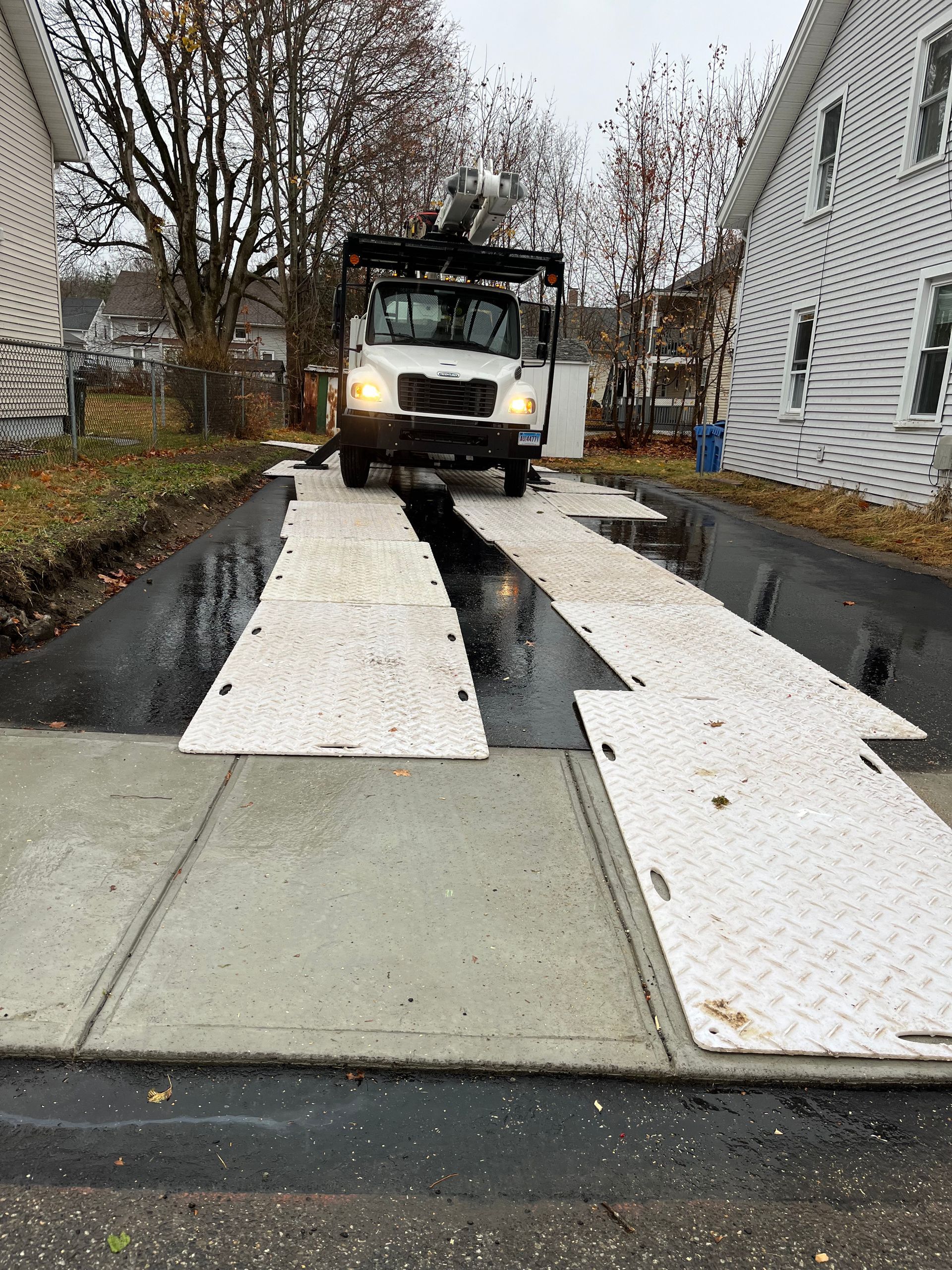
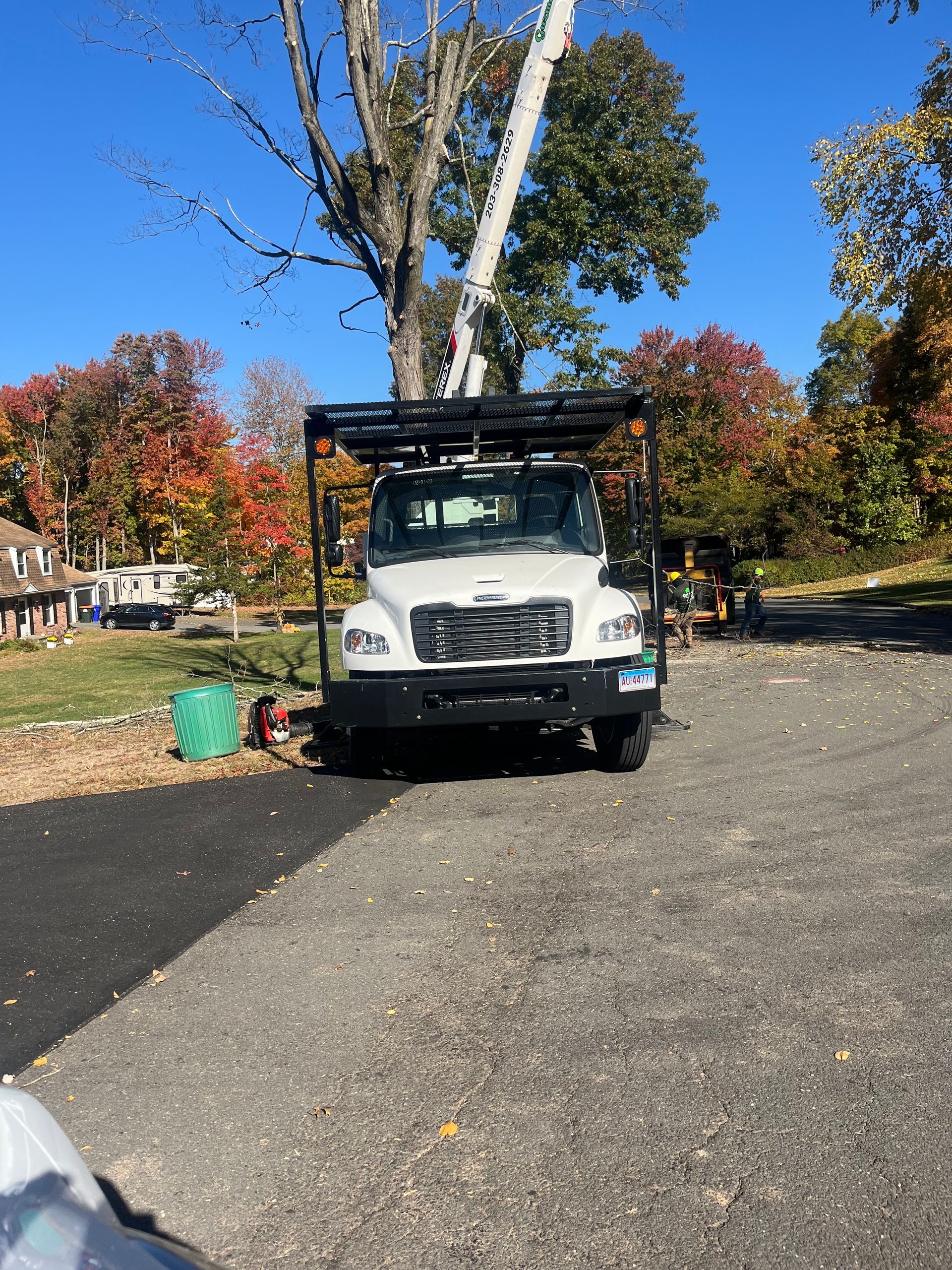
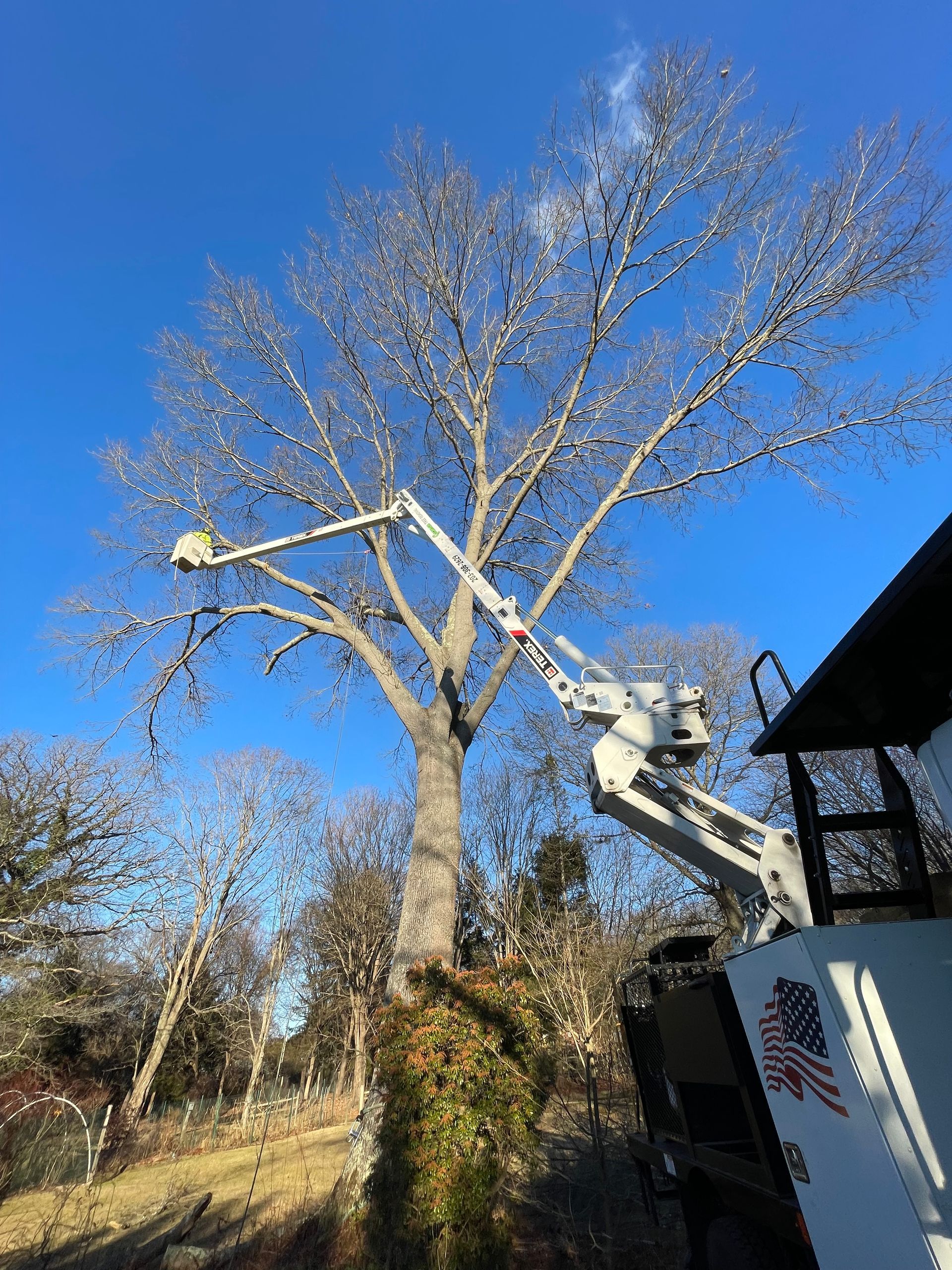
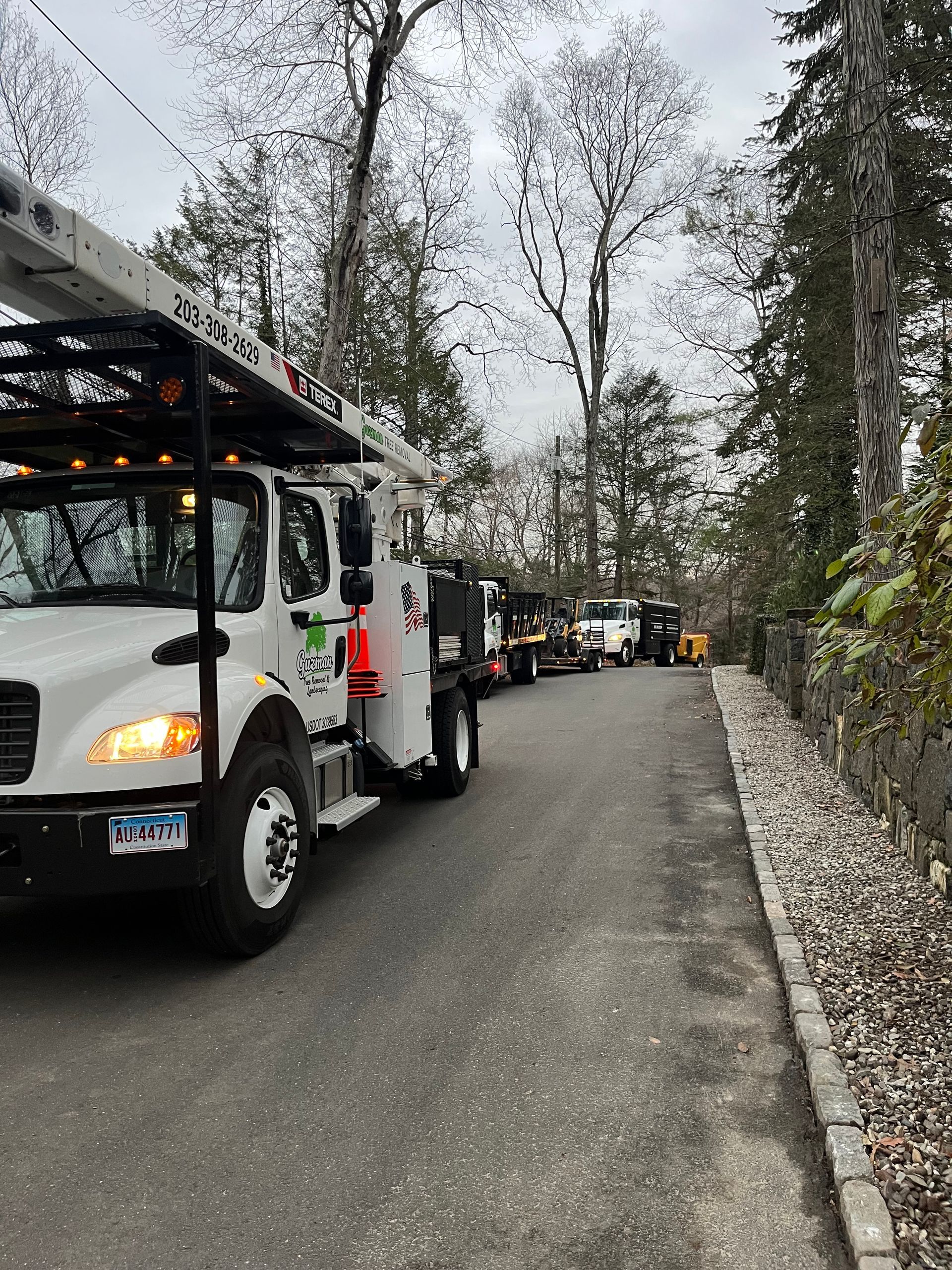
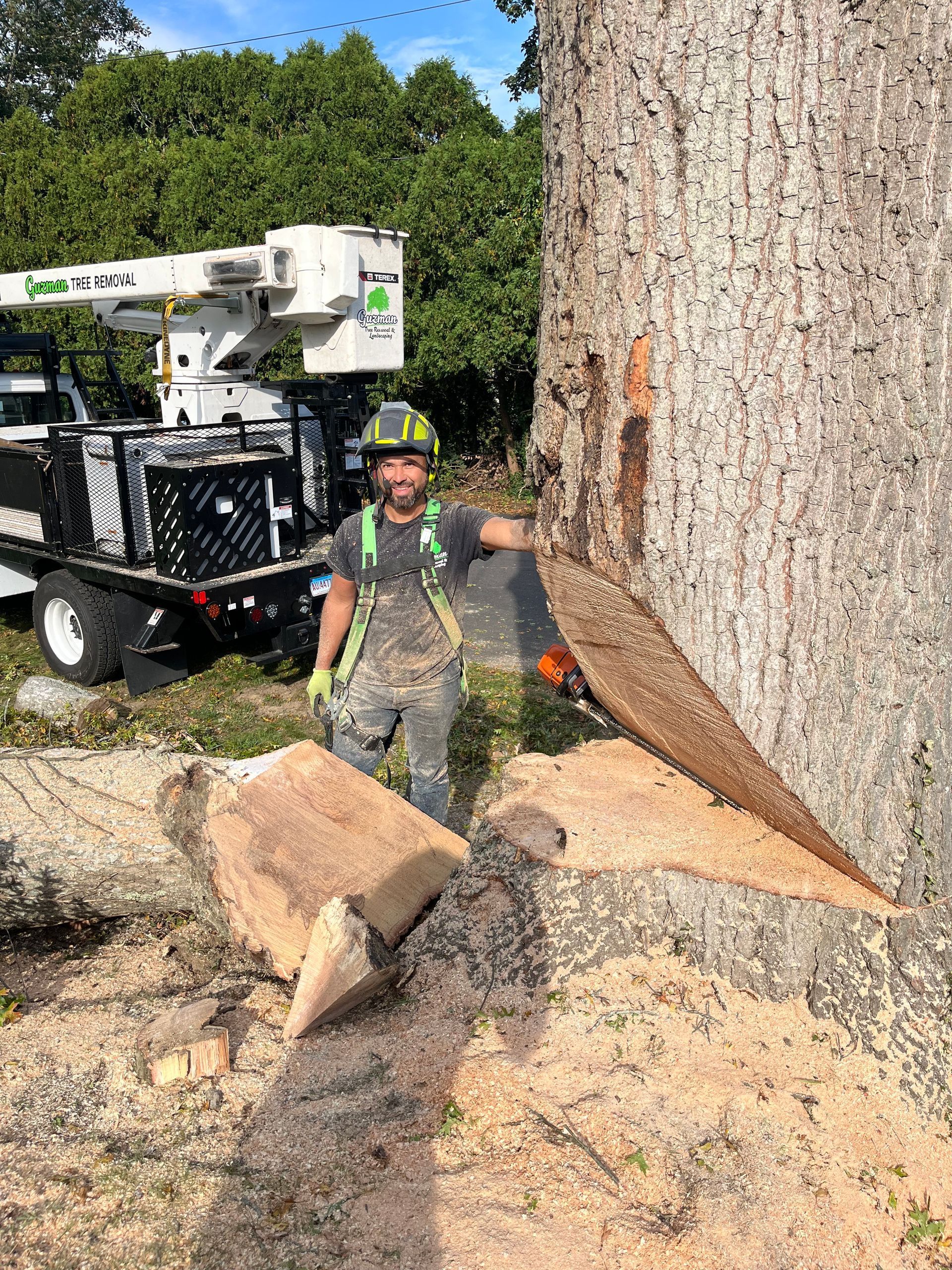
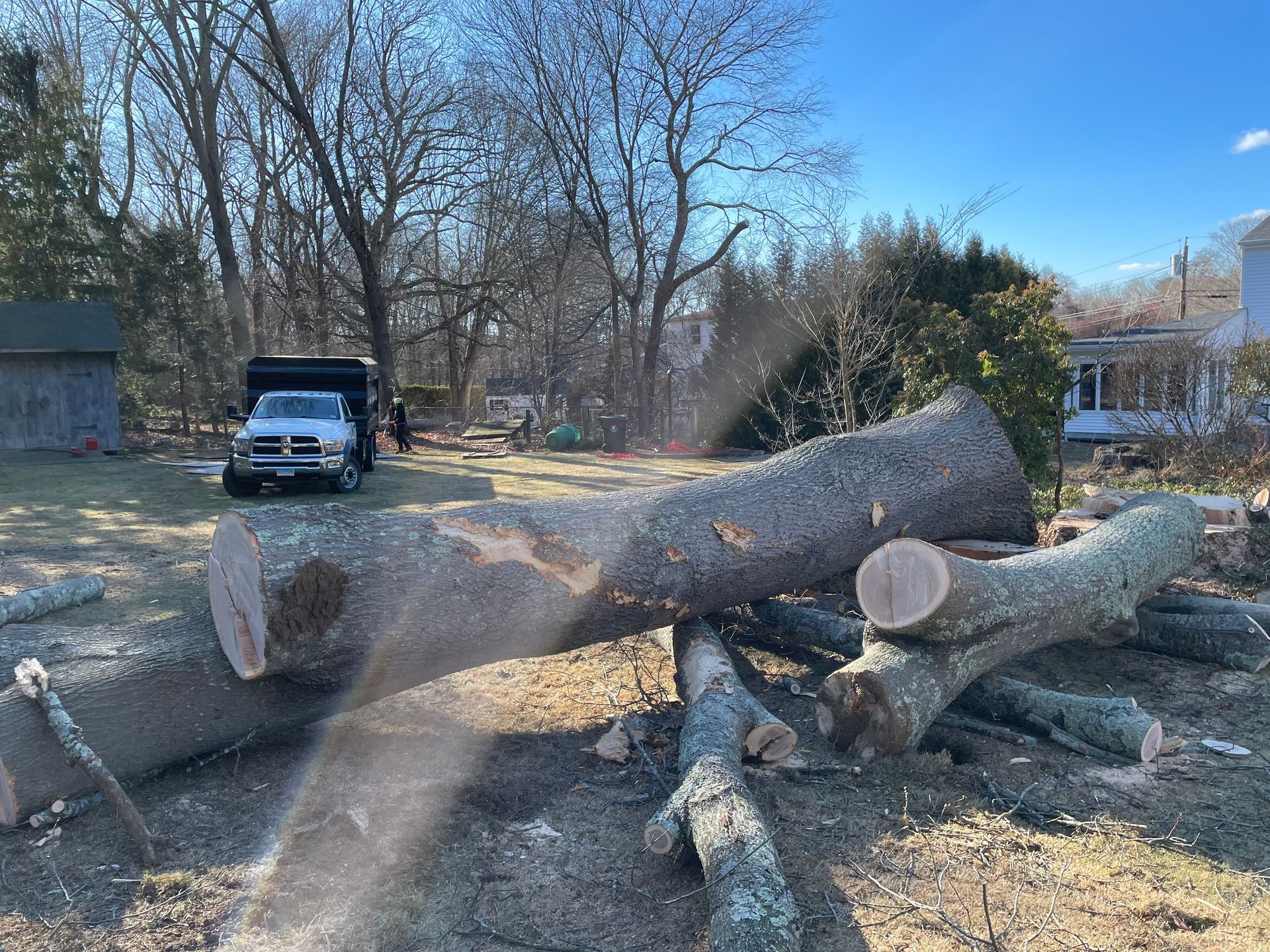
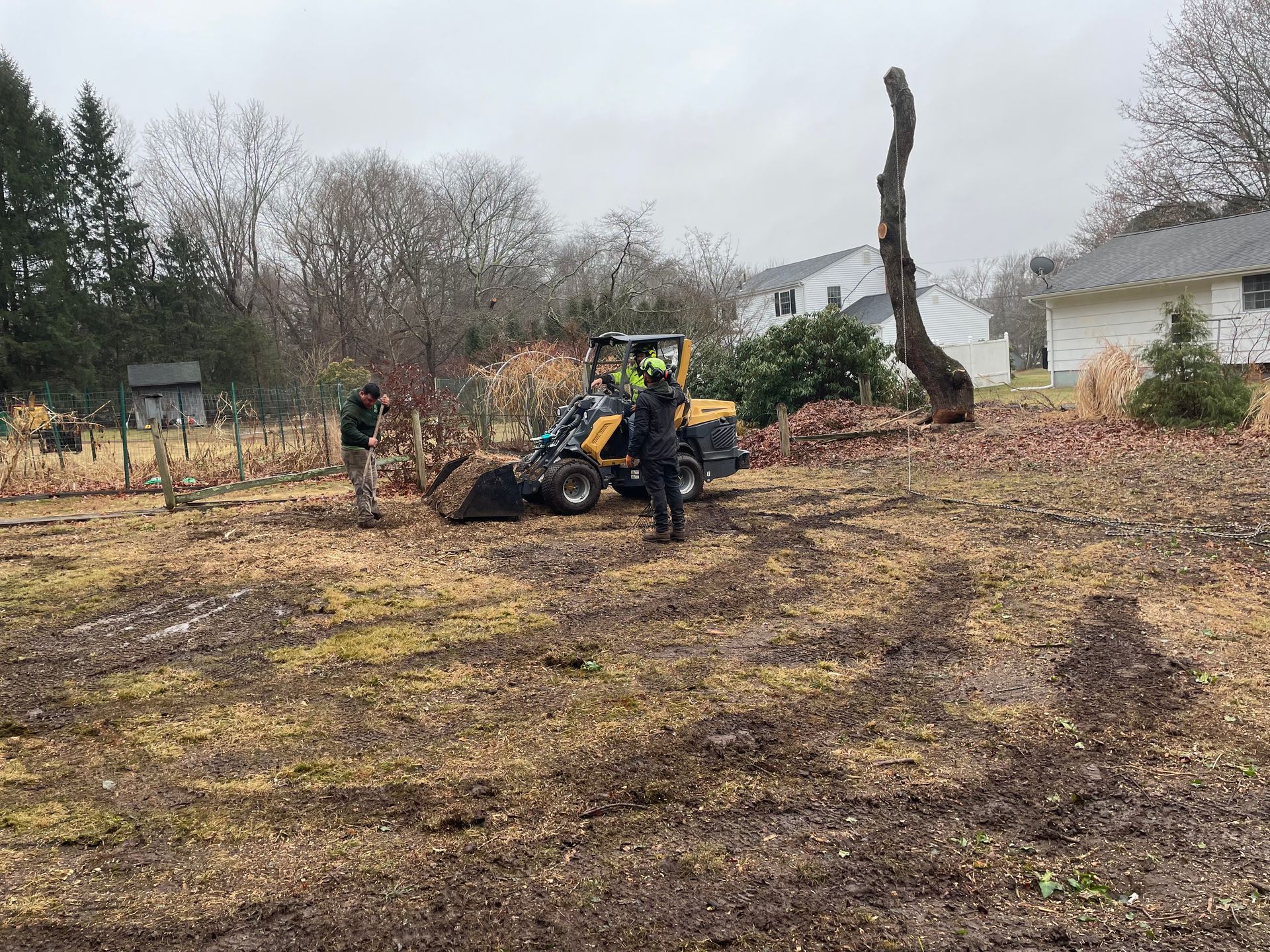

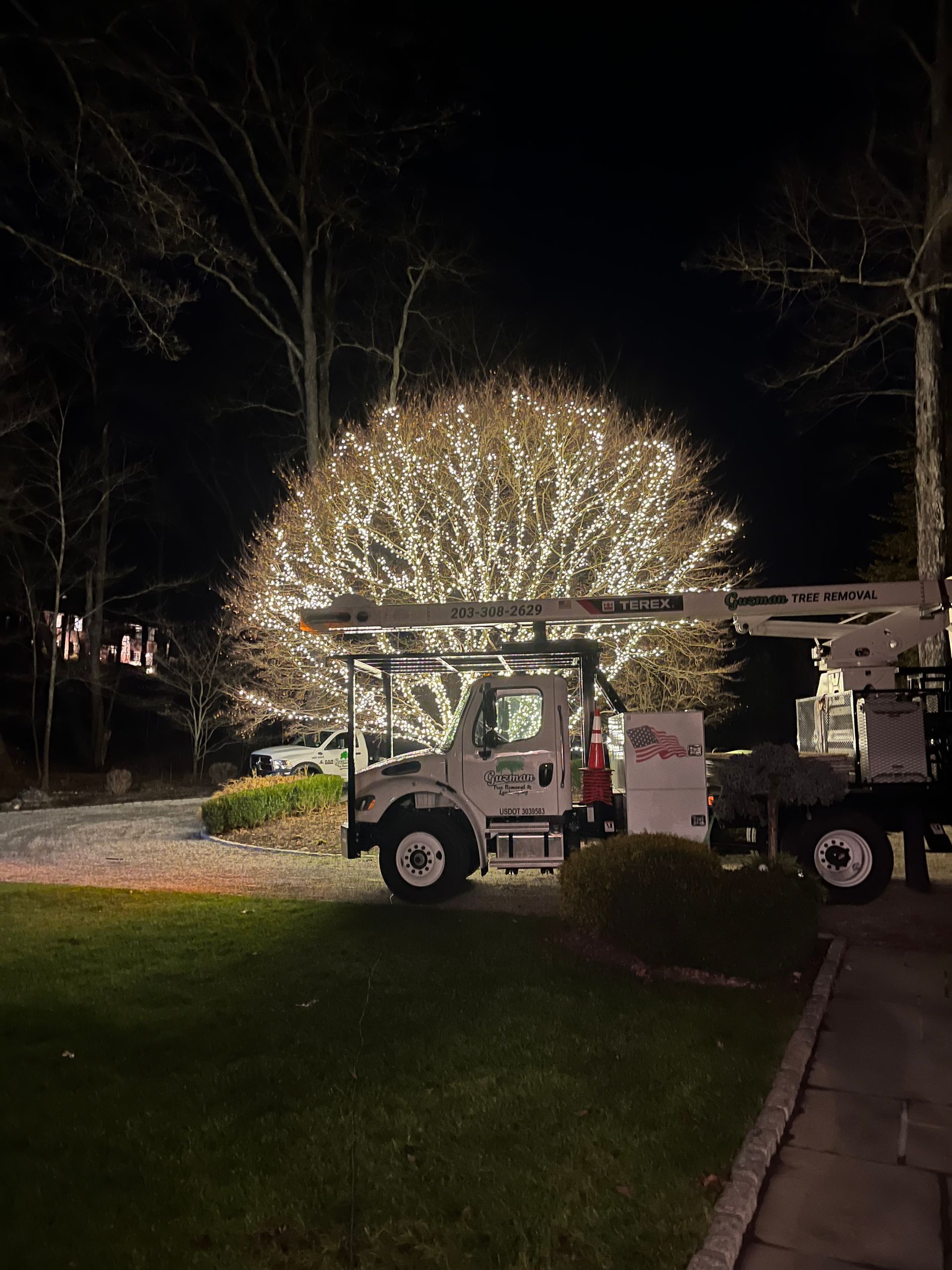
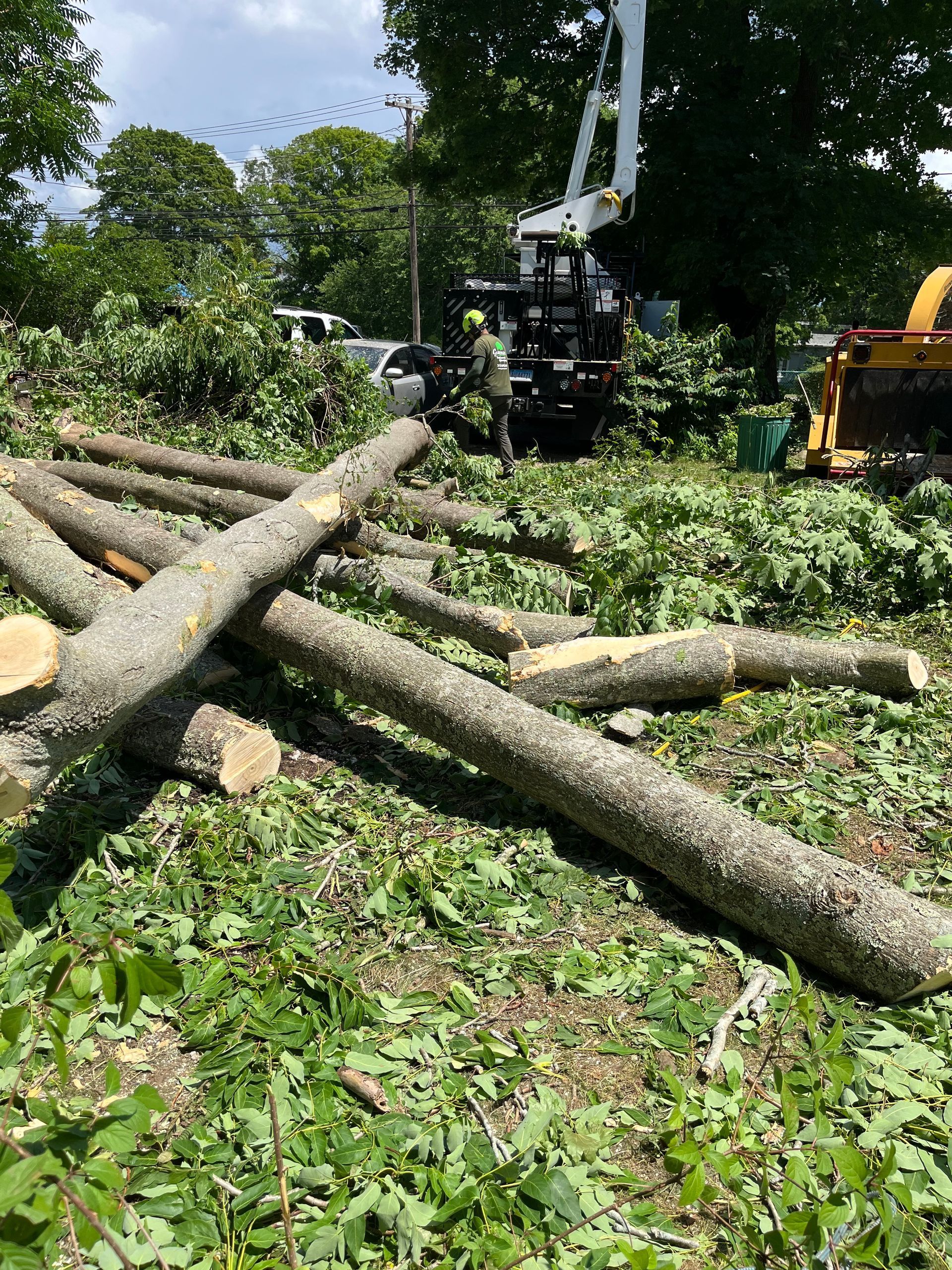
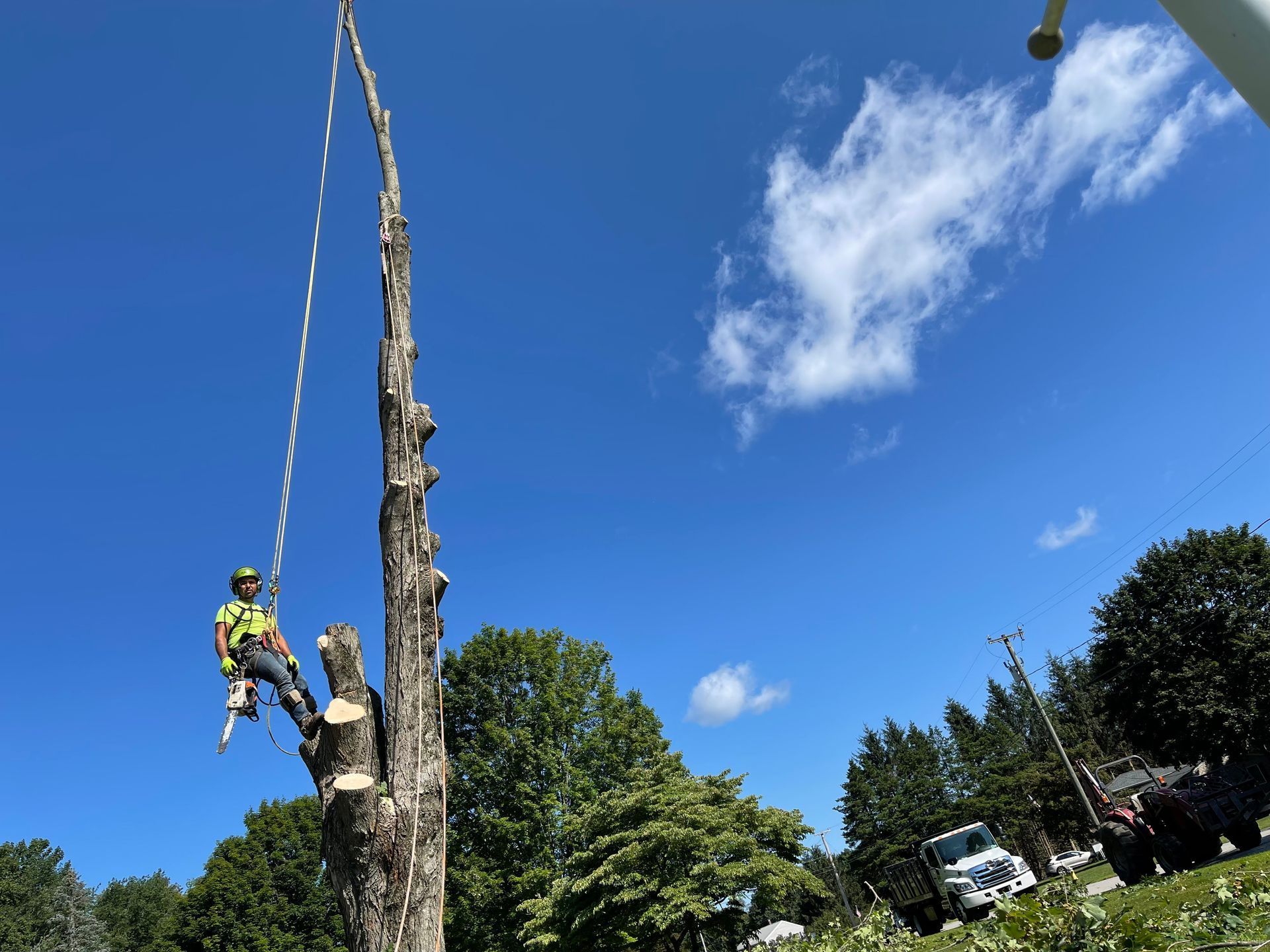

Share On: